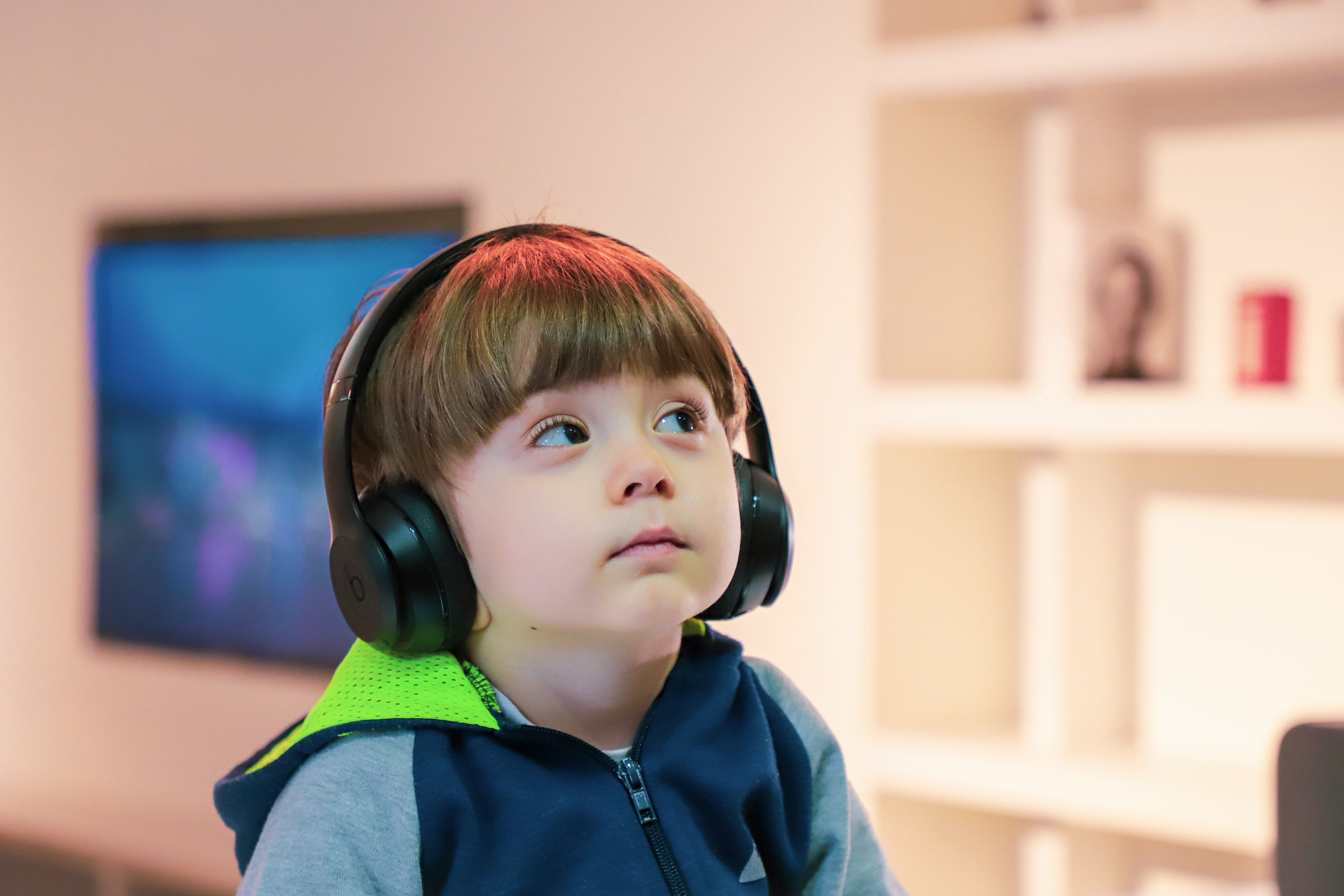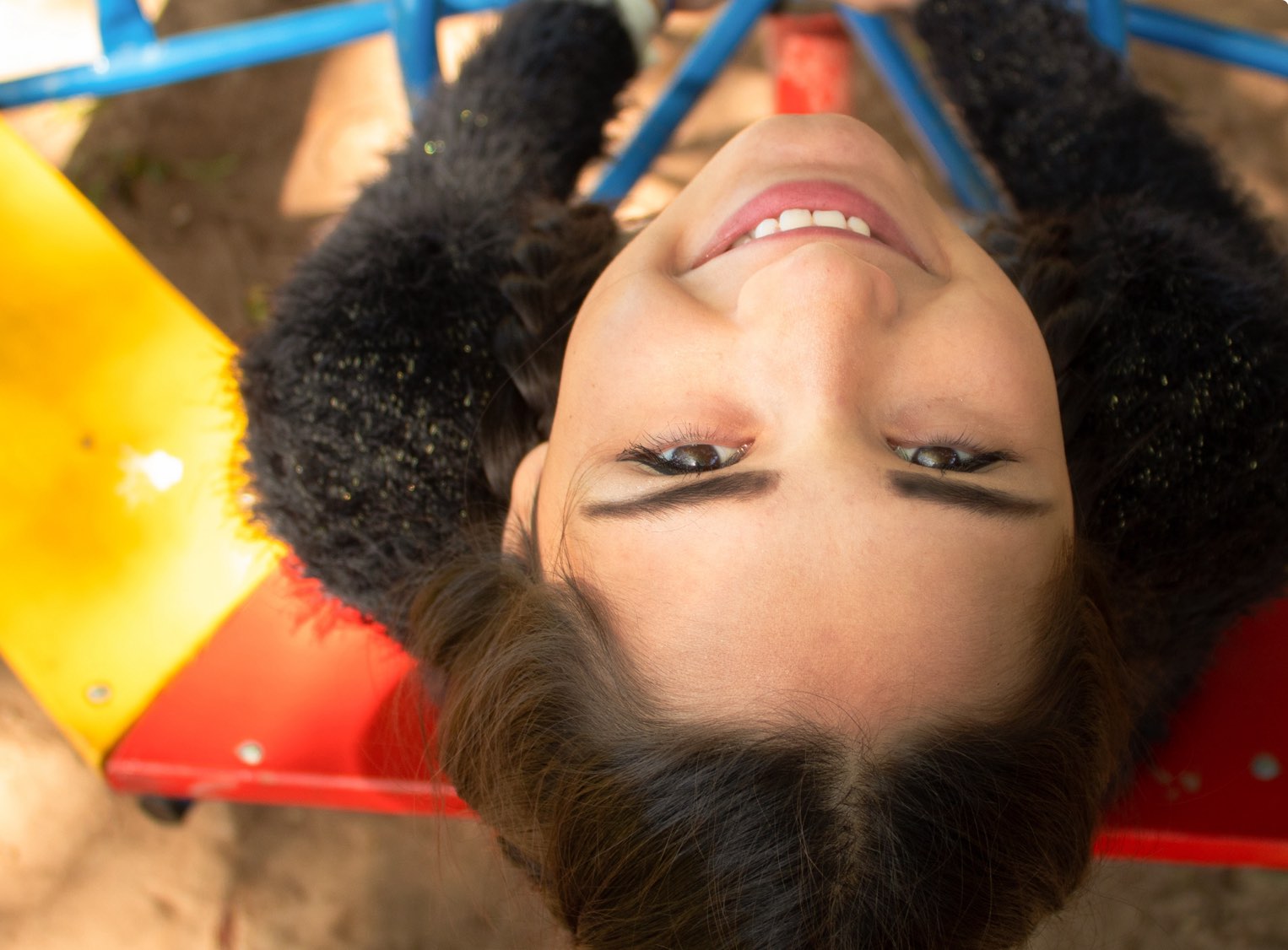The SCERTS framework is an intervention model for autistic children and adults and links so well to the sensory processing model. I had the real pleasure last term of attending a two day SCERTS teacher training workshop presented by Emily Rubin at Hawthorns School, Tameside. It was wonderful to spend two days with a highly skilled lecturer whose intervention approach and values are so similar to mine. I have been aware of the SCERTS model for many years but had often found that schools who attended the training struggled to implement the approach in their school. From what I understand the framework is now being presented in a much simpler way, and the two day training that I attended gives you the necessary tools to start to use the framework in your setting. So if you have looked at this approach in the past, and just not quite been able to work out how to put it into place, I would recommend this two day course.
The acronym “SCERTS” refers to the focus on three domains:
Social Communication (SC) – the development of spontaneous, functional communication, emotional expression and secure and trusting relationships with children and adults.
Emotional Regulation (ER) – the development of the ability to maintain a well-regulated emotional state to cope with everyday stress, and to be most available for learning and interacting.
Transactional Support (TS) – the development and implementation of supports to help partners respond to the person’s needs and interests, modify the environment, and provide tools to enhance learning. Specific plans are developed to provide educational and emotional support to families, and to foster teamwork among professionals.
How does SCERTS link to sensory processing?
The Emotional Regulation domain of SCERTS is so linked to sensory processing and sensory regulating strategies. One of our primary regulatory tools is sensory input. We use this during our day without even often thinking about it, eg chewing a pen, fiddling with objects in our hands, moving around. In order to learn, to reason, and to participate we need to be regulated.
How do your courses link to regulation?
Introduction to Sensory Integration and Sensory Processing Disorder covers regulation as related to the sensory systems, how sensory processing difficulties impact on arousal and regulation, and sensory strategies that can be put in place.
Sensory Processing and Autism builds on the knowledge from the introductory course and covers the neuroscience foundations of arousal and regulation, and how to develop a problem solving framework to devise strategies to support an individual.
Making SENSE of Behaviour also builds on the knowledge from the introductory course and covers how vulnerability factors such as attachment and early trauma impact on arousal and regulation.
Resources
The SCERTS Model
The SCERTS model website is here. You can find a 2 page download explaining the SCERTS framework available to download.



